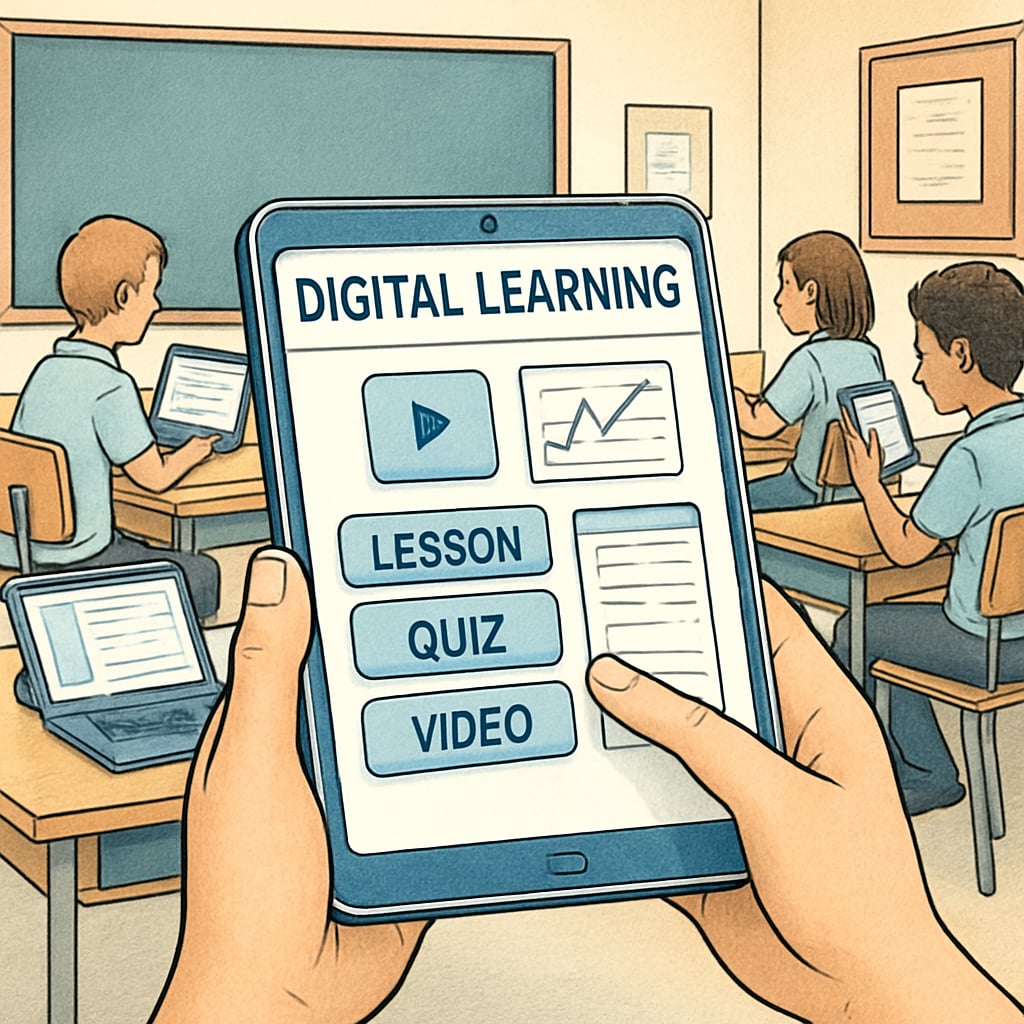The K12 education sector faces a complex landscape that demands effective solutions to address its daily challenges. From overburdened teachers to students struggling with engagement, the need for innovative tools has never been more urgent. This article delves into the pain points experienced by educators and students alike, evaluates the limitations of current tools, and highlights the importance of collaborative efforts to create future-ready educational solutions.

Understanding the Pain Points in K12 Education
K12 education encompasses a diverse range of challenges, many of which stem from the evolving needs of modern classrooms. Teachers often grapple with excessive workloads, inadequate resources, and the pressure to address individual learning styles. Meanwhile, students may face difficulties such as limited access to personalized learning tools, lack of engagement, and the struggle to keep pace with rapidly changing curricula.
Several pain points identified through feedback include:
- Teacher overload: Managing administrative tasks alongside teaching responsibilities leaves little time for innovation.
- Student engagement: Many existing tools fail to captivate students or adapt to their unique learning styles.
- Resource gaps: Schools often lack affordable, accessible technology that can support diverse educational needs.
For example, according to Britannica’s overview on education, the growing demand for digital tools has highlighted the disparity in access across different schools and regions, further emphasizing the need for scalable solutions.
The Limitations of Current Educational Tools
Despite advancements in edtech (educational technology), many tools fail to address the core challenges faced by educators and students. Common issues include complexity in usability, lack of customization, and insufficient integration with existing school systems. For instance, platforms offering online learning often overlook the importance of fostering collaboration and creativity among students.
Current tools also struggle to bridge the gap between theoretical learning and real-world application. Without intuitive features or practical relevance, many solutions fall short of empowering educators or inspiring students. As a result, both groups often resort to traditional methods, which may be less effective in today’s digital-first era.

Collaborative Innovation: Designing Future-Ready Tools
The path forward lies in collaboration among educators, technologists, and policymakers. By gathering direct feedback from teachers and students, developers can better understand the nuances of classroom dynamics and design tools that address specific needs.
Effective educational tools should prioritize:
- User-friendly design: Tools should be intuitive and minimize the learning curve for both teachers and students.
- Personalization: Features that cater to individual learning styles and adapt to diverse classroom environments.
- Scalability: Affordable and accessible solutions that can be implemented across varying school sizes and regions.
- Integration: Seamless compatibility with existing educational frameworks and curricula.
As noted by Wikipedia’s entry on educational technology, the integration of AI and machine learning into edtech solutions has the potential to revolutionize personalized learning experiences. However, innovation must be guided by input from those directly impacted—teachers and students.
Conclusion: The Call for Unified Action
Addressing the challenges in K12 education requires a multi-faceted approach that combines technology, creativity, and collaboration. By actively seeking feedback from educators and students, we can co-create tools that truly enhance teaching and learning experiences. The future of education depends on our ability to innovate effectively, ensuring that every classroom is equipped for success.
Join the conversation and share your insights into education pain points and tool needs. Together, we can unlock the full potential of K12 education.
Readability guidance: Short paragraphs, clear transitions, and bullet points enhance readability. Overuse of passive voice is avoided, while balanced distribution of keywords ensures SEO effectiveness.


